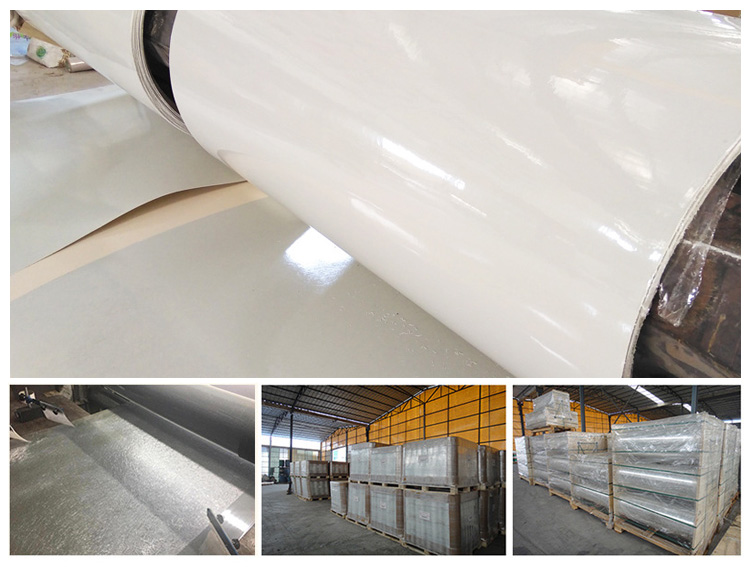Fiberglass sheets, a cornerstone of modern industrial and construction materials, continue to revolutionize industries with their exceptional durability, lightweight properties, and adaptability. As a leading manufacturer of fiberglass products, Beihai Fiberglass delves into the diverse types of fiberglass sheets, their unique advantages, and emerging trends shaping the global market.
1. Common Types of Fiberglass Sheets
a. Epoxy-Based Fiberglass Sheets
- Key Features: High mechanical strength, excellent electrical insulation, and resistance to chemicals.
- Applications: Ideal for circuit boards, industrial machinery components, and aerospace interiors.
- Why Choose: Epoxy resin bonding ensures minimal warping under stress, making it a top choice for precision engineering.
b. Phenolic Resin Fiberglass Sheets
- Key Features: Superior fire resistance, low smoke emission, and thermal stability (up to 300°F/150°C).
- Applications: Widely used in public transportation interiors, fire-rated building panels, and high-temperature industrial environments.
- Industry Trend: Growing demand driven by stricter fire safety regulations in construction and transportation sectors.
c. Polyester FRP (Fiberglass Reinforced Plastic) Sheets
- Key Features: Cost-effective, UV-resistant, and corrosion-proof.
- Applications: Roofing, chemical storage tanks, and marine structures.
- Why It Matters: FRP sheets dominate outdoor applications due to their longevity in harsh weather conditions.
d. Silicone-Coated Fiberglass Sheets
- Key Features: Extreme temperature tolerance (-100°F to +500°F/-73°C to +260°C), flexibility, and non-stick surface.
- Applications: Heat shields, gaskets, and insulation for automotive and manufacturing equipment.
2. Emerging Innovations in Fiberglass Sheet Technology
- Eco-Friendly Formulations: Manufacturers are adopting low-VOC resins and recycled glass fibers to meet sustainability goals.
- Hybrid Composites: Combining fiberglass with carbon fiber or aramid fibers for enhanced strength-to-weight ratios in automotive and renewable energy sectors.
- Smart Coatings: Anti-microbial and self-cleaning coatings are gaining traction in healthcare and food processing facilities.
3. Why Fiberglass Sheets Remain a Market Leader
- Versatility: Adaptable to cutting, molding, and drilling for custom designs.
- Cost Efficiency: Longer lifespan reduces replacement costs compared to traditional materials like steel or wood.
- Global Demand: The global fiberglass sheet market is projected to grow at a CAGR of 6.2% from 2023 to 2030, fueled by infrastructure development and renewable energy projects.
Post time: Mar-04-2025






